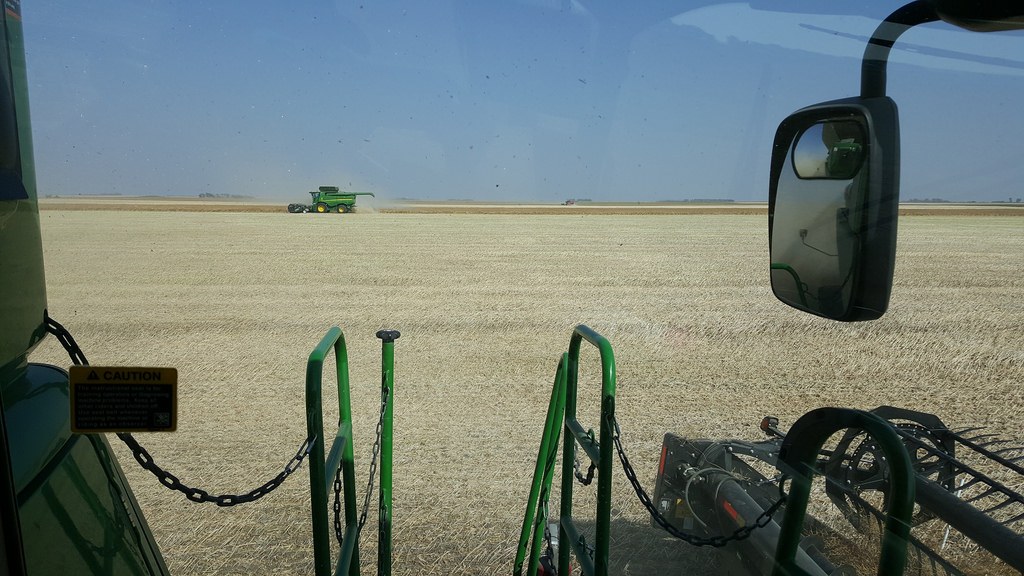
04 Sep Janel: North Dakota Canola Harvest
Grand Forks, North Dakota – Canola is one of my favorite crops to harvest. We’ve been blessed with several beautiful days here in North Dakota to cut canola. We use pickup headers to pick up swaths of canola but this year we are straight cutting every acre and the pickup headers have stayed in the shed. It’s been hot and dry and the canola fields were sprayed prior to harvest.
Yields typically average 50 to 70 bushels per acre which is 2,500-3,500 pounds per acre or more. Canola seeds are small and round with approximately 90,000 to 115,000 seeds per pound. The seed is crushed and oil is extracted. Canola oil is used primarily as an edible oil product. It is one of the best oils for heart health and is an excellent food choice for a healthy diet. It has less saturated fat than any other oil commonly used in the United States. Check out these numbers: canola oil has 7% saturated fat, compared to 9% for sunflower oil, 13% for corn oil and 14% for olive oil. Canola oil can be used in a number of dishes and cooking methods including as cooking oil for sautéing, stir-frying and baking. It can also been found in salad dressings, sauces and marinades. It can be used to coat a pan for nonstick baking. It can also be used instead of solid fats (such as butter) in recipes.
Wind is a threat to the crop because it can cause pod shatter and seed loss. Spring canola is grown extensively in Canada and the short growing season there requires that spring canola be swathed prior to threshing to hasten maturity and avoid frost damage. Yield loss due to swathing has been significant only in the hot, dry years, so swathing canola isn’t recommended under these conditions. Swathing does protect canola crops from seed shatter in the event of a delayed harvest. Greater yield loss seems to always occur in swathed windrows compared to a standing crop. Severe storms can cause significant pod shatter and seed loss in both standing canola and in windrows. That is exactly why mature canola should be harvested in a timely fashion. I have certainly harvested swaths that have been wrecked by wind and it takes more time to get it all harvested. This year the canola has been easy cutting so far and we’ve had very nice weather lately. We now have chances of rain for a few days.
It’s about that time of year where the summer harvest is coming to an end. Depending on what the weather does we’ll probably finish up pretty soon and travel back home to Nebraska (700 miles) to prepare for soybean and corn harvest.
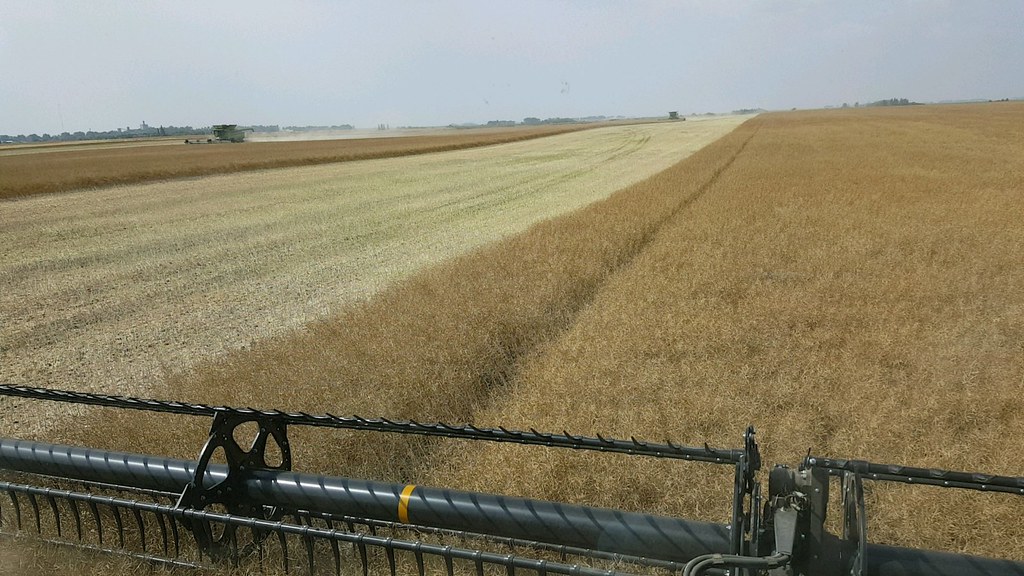 Schemper Harvesting cutting canola in North Dakota. Photo by Janel Schemper.
Schemper Harvesting cutting canola in North Dakota. Photo by Janel Schemper.
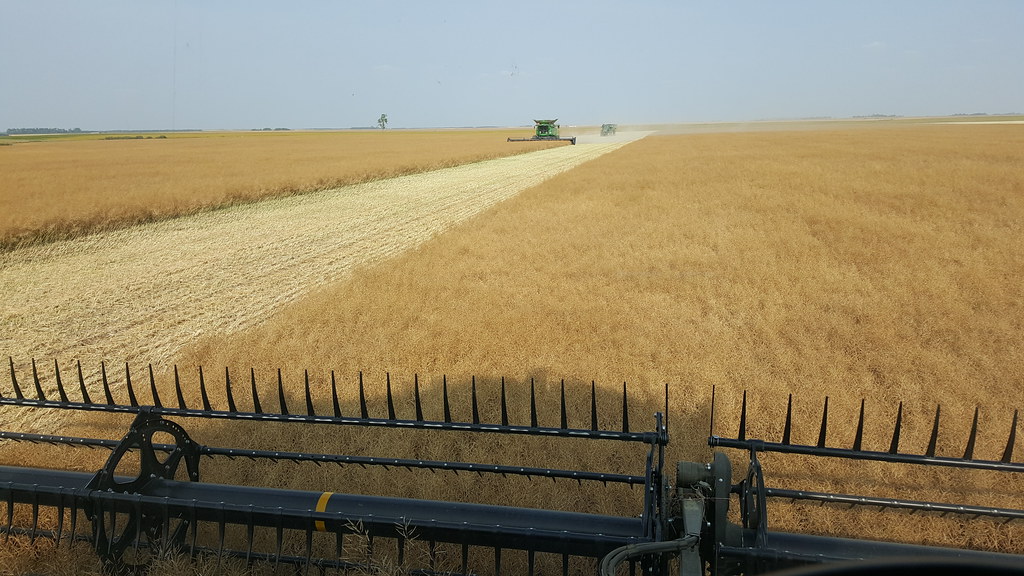 Harvesting canola in North Dakota on a beautiful day. Photo by Janel Schemper.
Harvesting canola in North Dakota on a beautiful day. Photo by Janel Schemper.
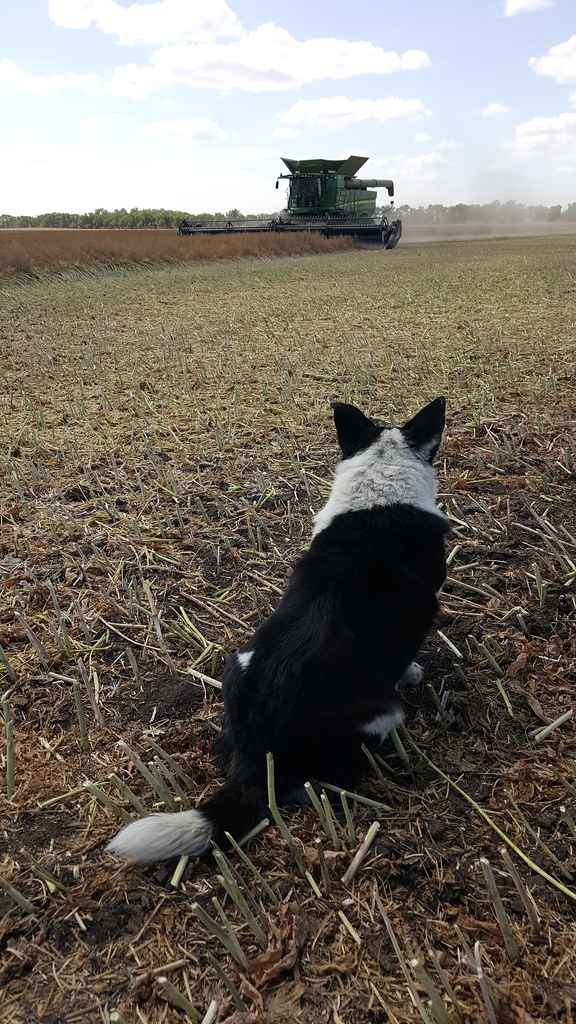 Taking a sample and Miss Moo anxiously waiting for her combine ride. Photo by Janel Schemper.
Taking a sample and Miss Moo anxiously waiting for her combine ride. Photo by Janel Schemper.
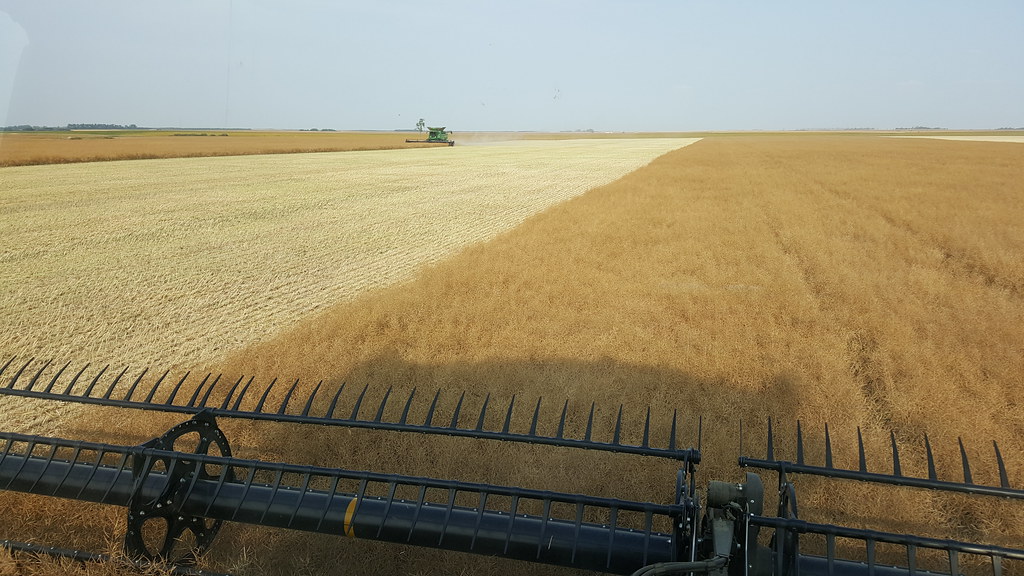 Excellent harvesting weather. Photo by Janel Schemper.
Excellent harvesting weather. Photo by Janel Schemper.
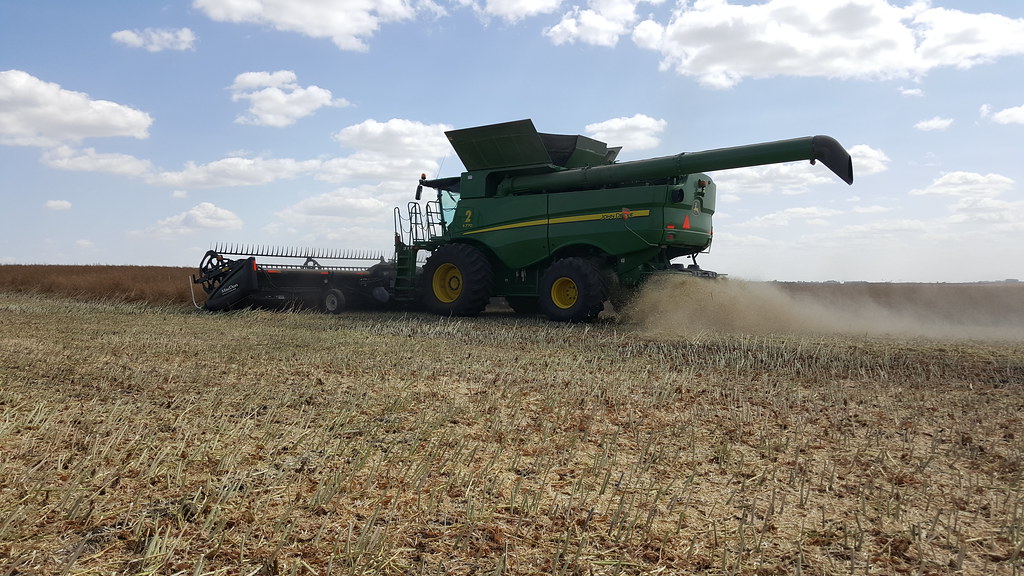 A very beautiful North Dakota day. Photo by Janel Schemper.
A very beautiful North Dakota day. Photo by Janel Schemper.
 Harvesting canola in North Dakota. Photo by Janel Schemper.
Harvesting canola in North Dakota. Photo by Janel Schemper.
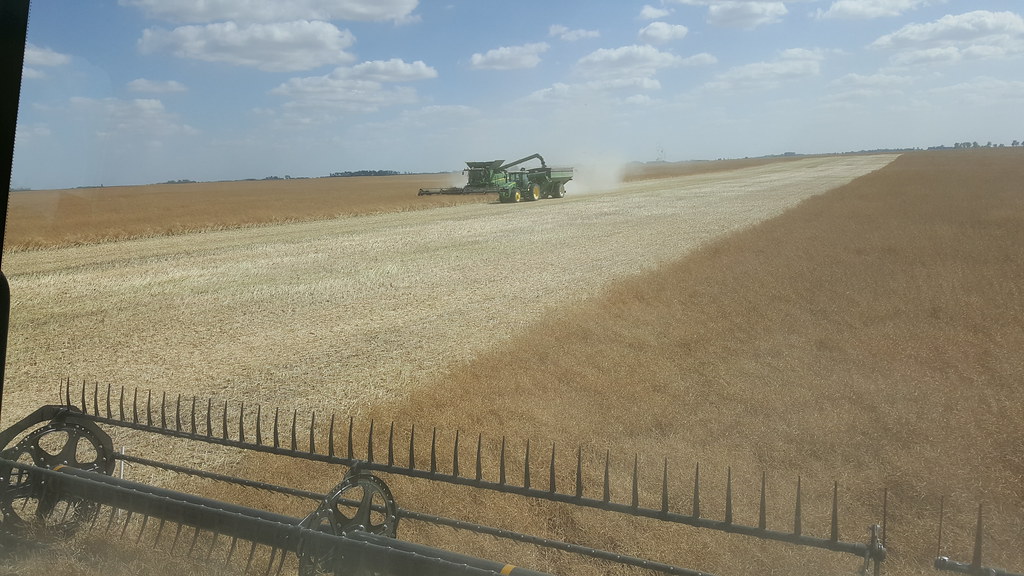 Harvesting canola in North Dakota. Photo by Janel Schemper.
Harvesting canola in North Dakota. Photo by Janel Schemper.
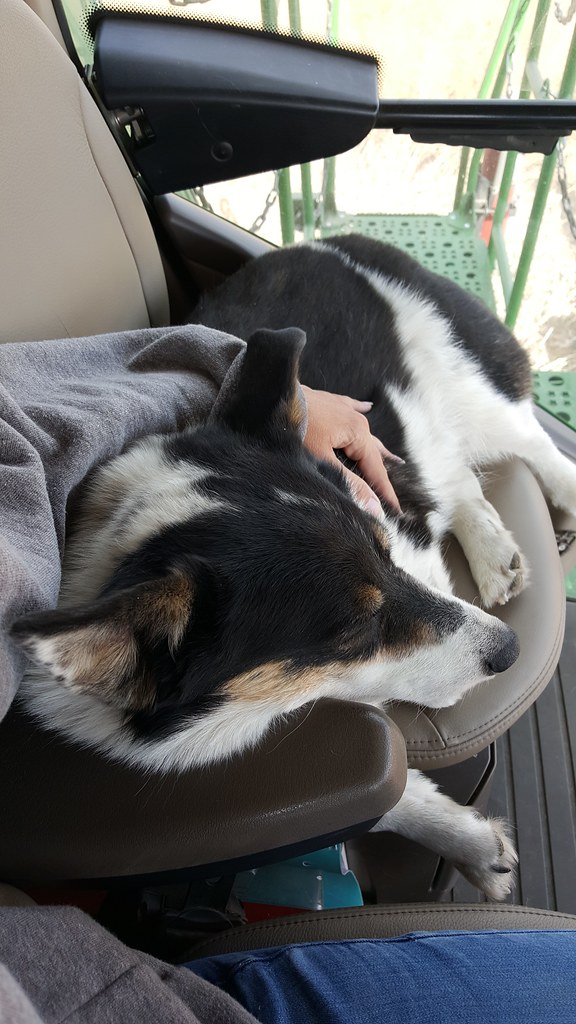 She is so sweet and loves air conditioning! Photo by Janel Schemper.
She is so sweet and loves air conditioning! Photo by Janel Schemper.
 Harvesting canola in North Dakota. Photo by Janel Schemper.
Harvesting canola in North Dakota. Photo by Janel Schemper.
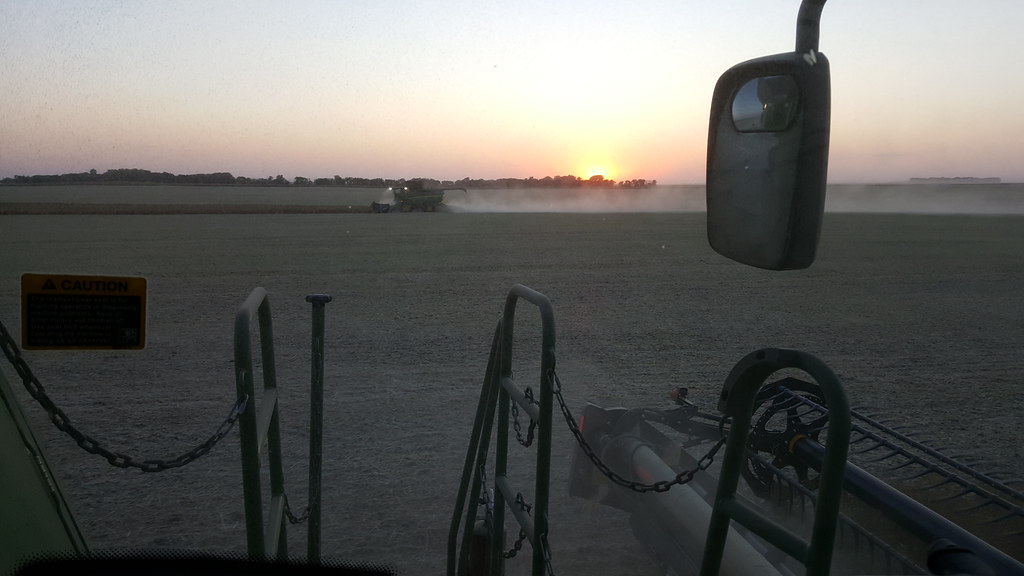 Sunset. Photo by Janel Schemper.
Sunset. Photo by Janel Schemper.
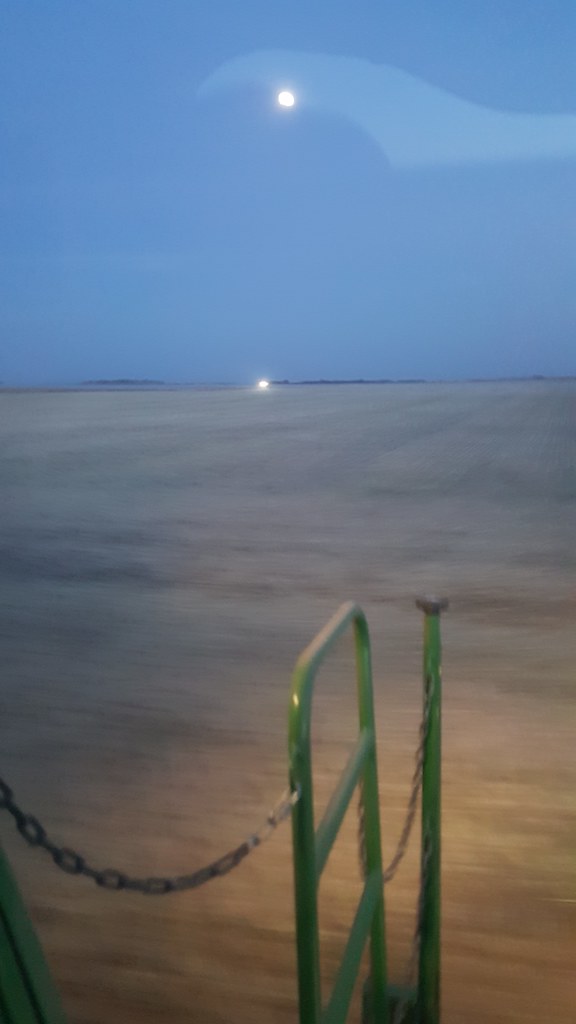 LaVern Schemper harvesting canola and the moon was so pretty. Photo by Janel Schemper.
LaVern Schemper harvesting canola and the moon was so pretty. Photo by Janel Schemper.
 Another full day of harvesting canola in North Dakota. Photo by Janel Schemper.
Another full day of harvesting canola in North Dakota. Photo by Janel Schemper.
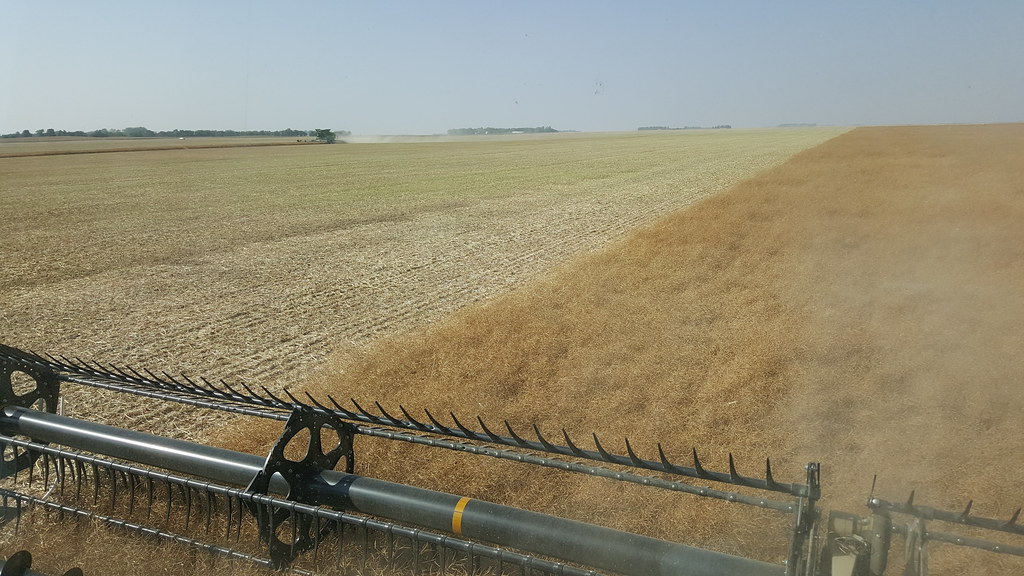 Hot and dry creates good cutting conditions. Photo by Janel Schemper.
Hot and dry creates good cutting conditions. Photo by Janel Schemper.
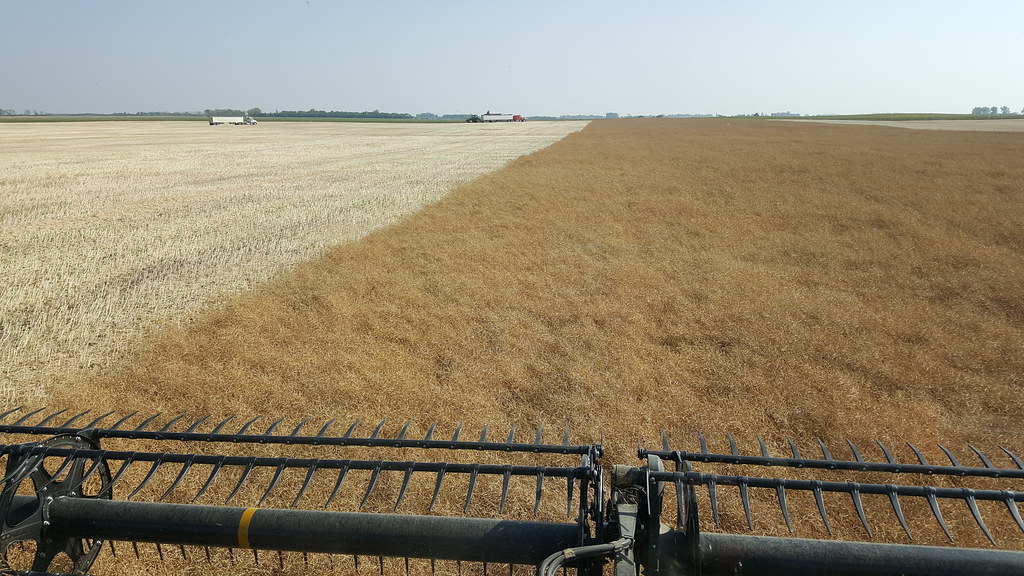 Harvesting canola in North Dakota. Photo by Janel Schemper.
Harvesting canola in North Dakota. Photo by Janel Schemper.
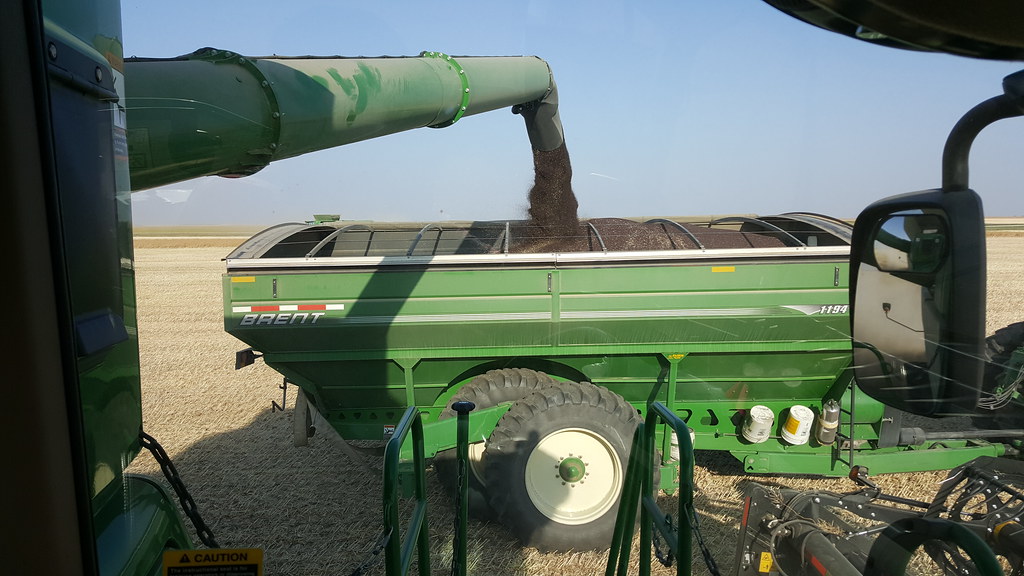 Canola. Photo by Janel Schemper.
Canola. Photo by Janel Schemper.
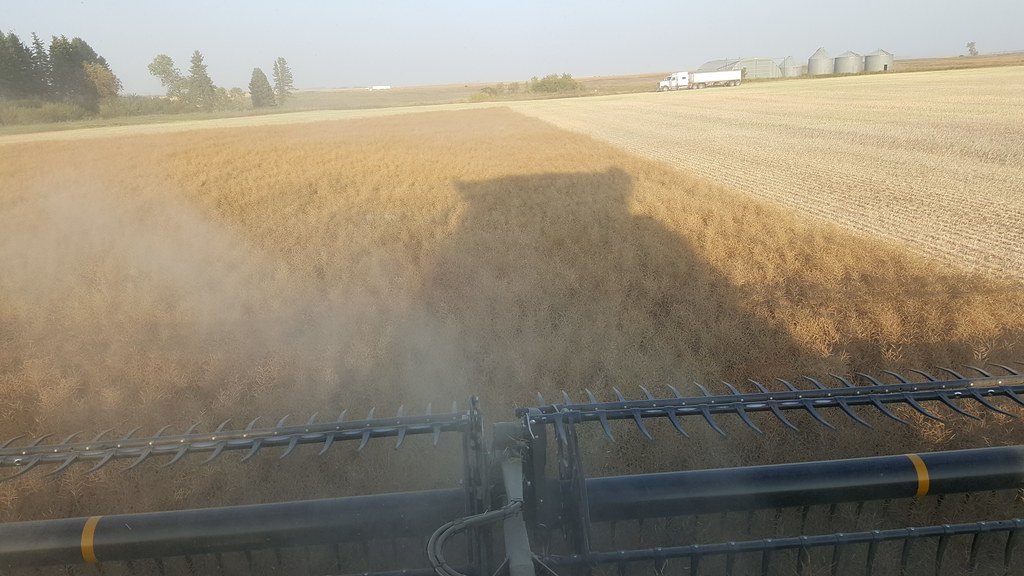 My combine shadow. Photo by Janel Schemper.
My combine shadow. Photo by Janel Schemper.
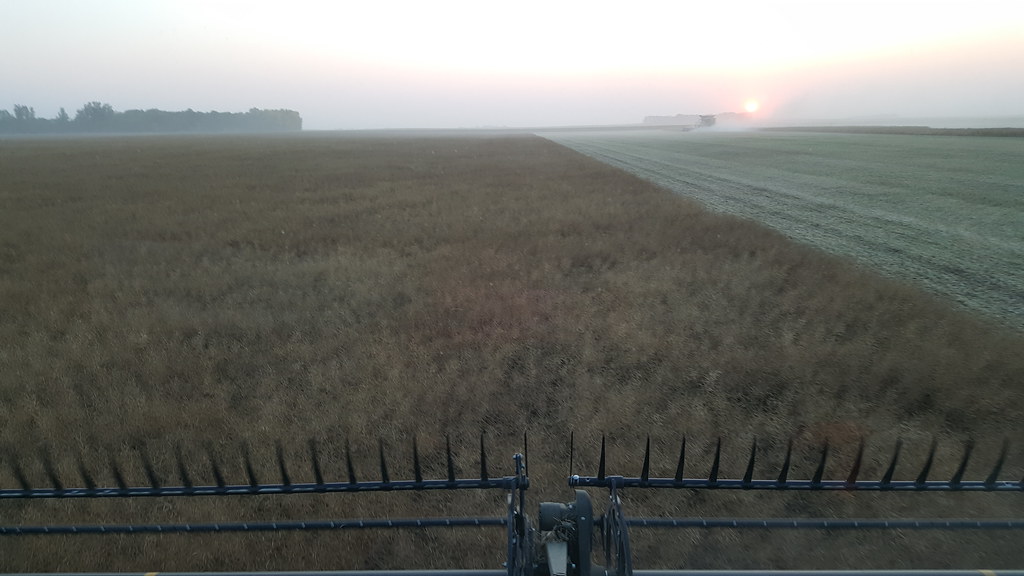 Sunset. Photo by Janel Schemper.
Sunset. Photo by Janel Schemper.
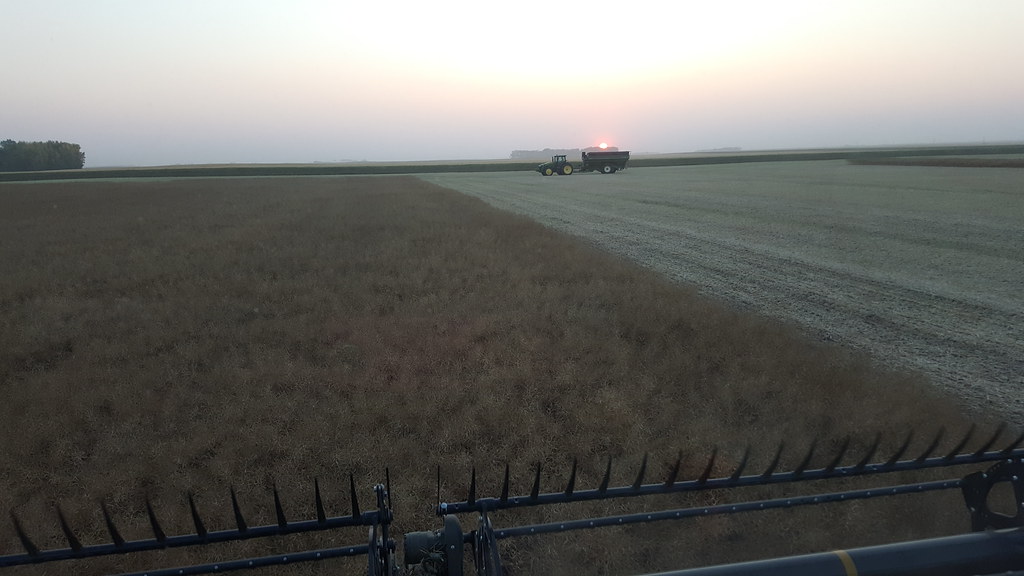 Sunset. Photo by Janel Schemper.
Sunset. Photo by Janel Schemper.
 A pretty night of harvesting canola. We worked late. Photo by Janel Schemper.
A pretty night of harvesting canola. We worked late. Photo by Janel Schemper.
All Aboard Wheat Harvest is sponsored by High Plains Journal and John Deere. Janel Schemper can be reached at janel@allaboardharvest.com.

Sorry, the comment form is closed at this time.